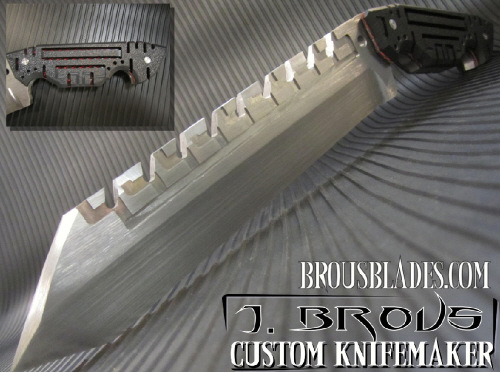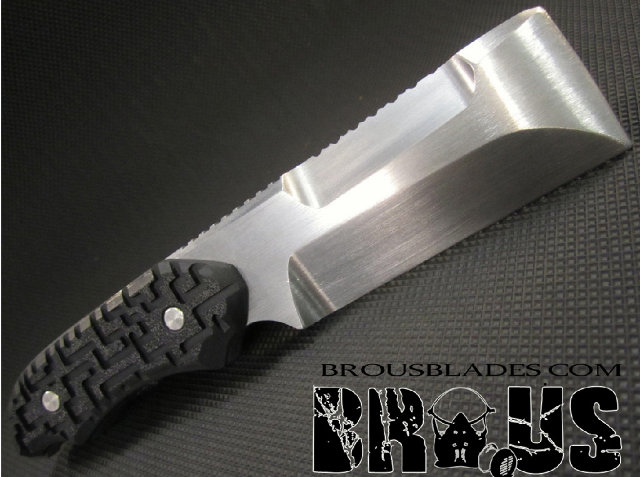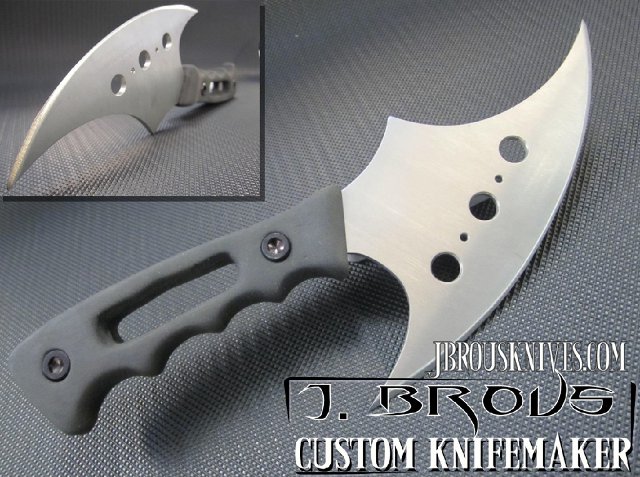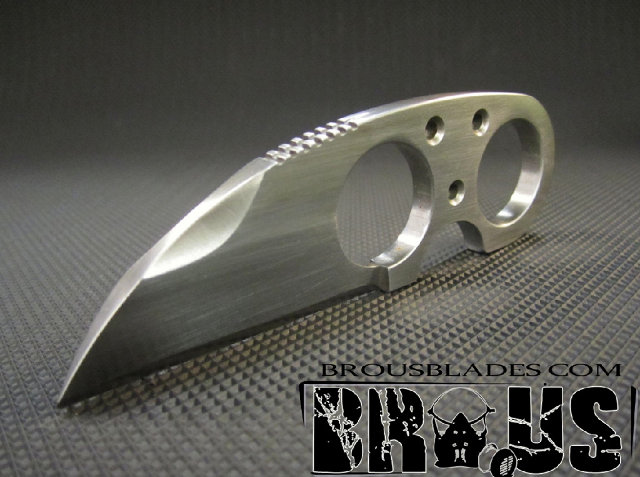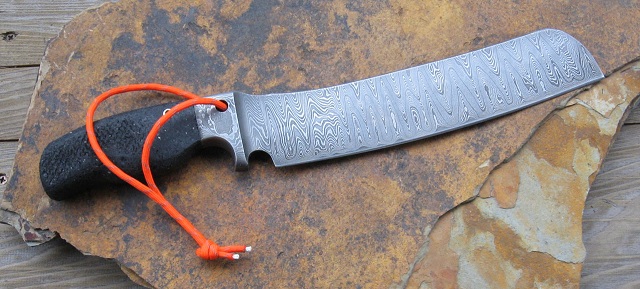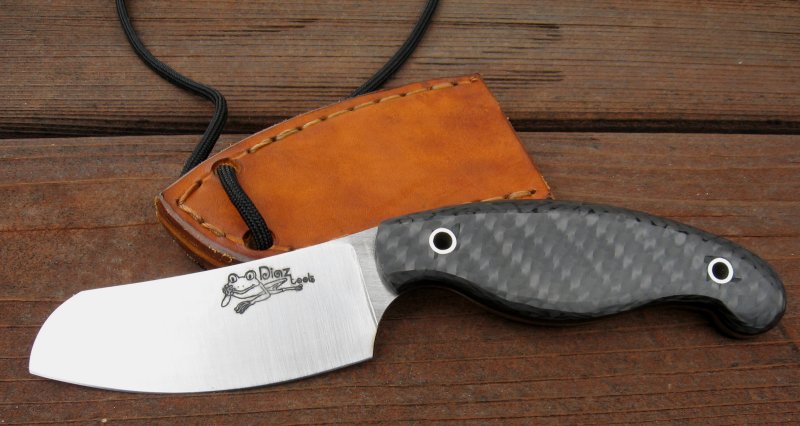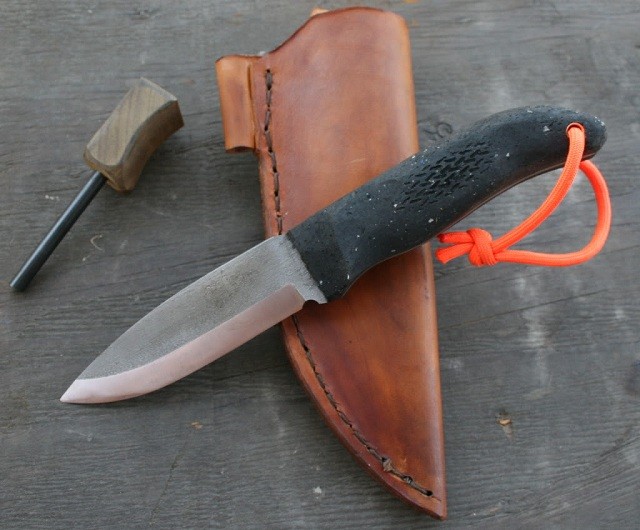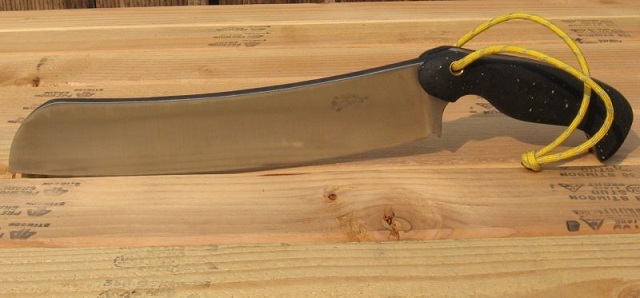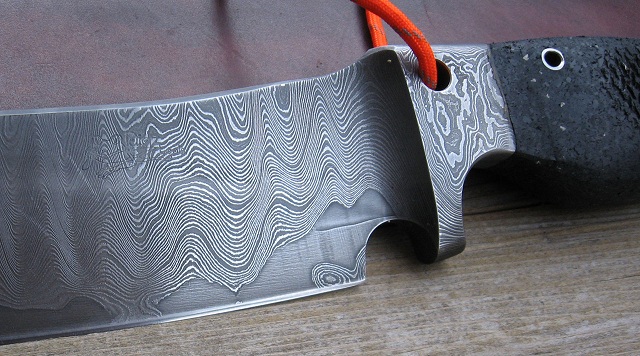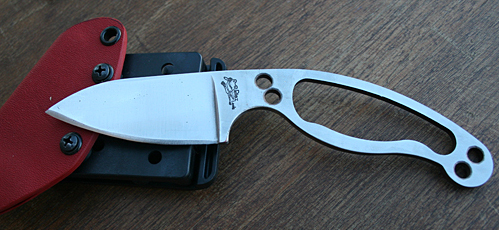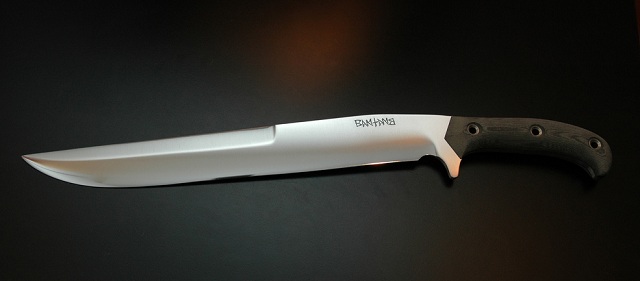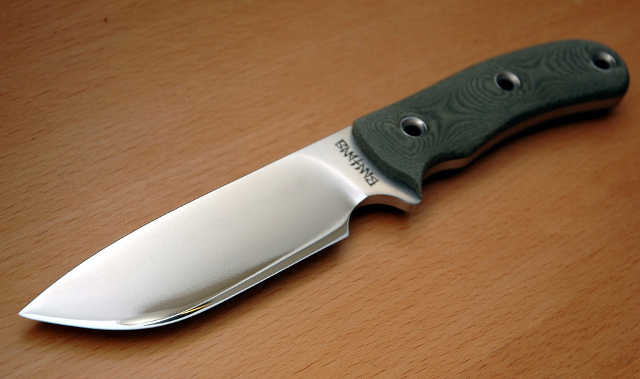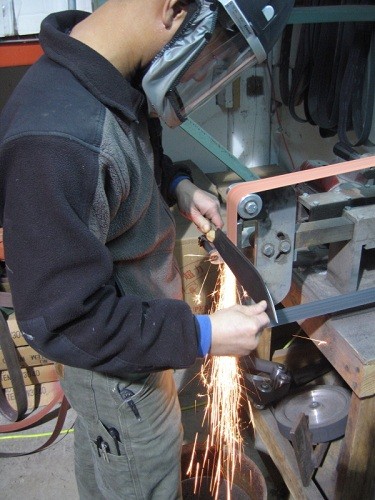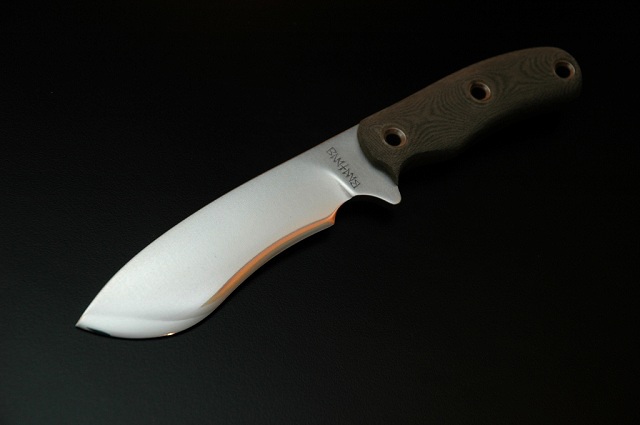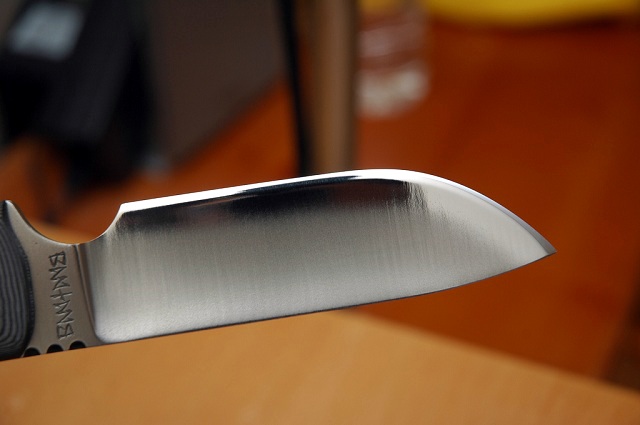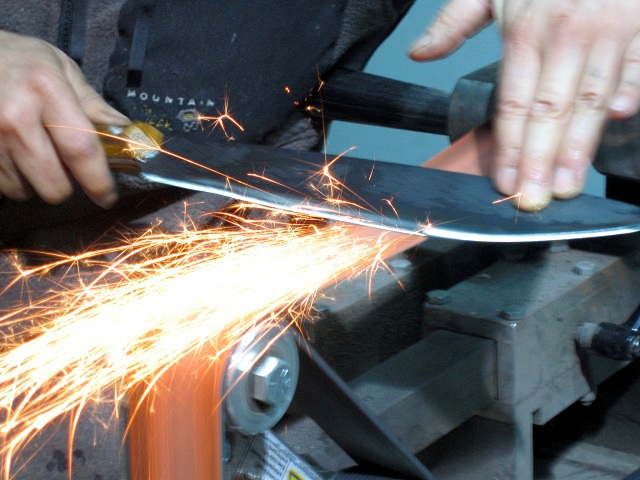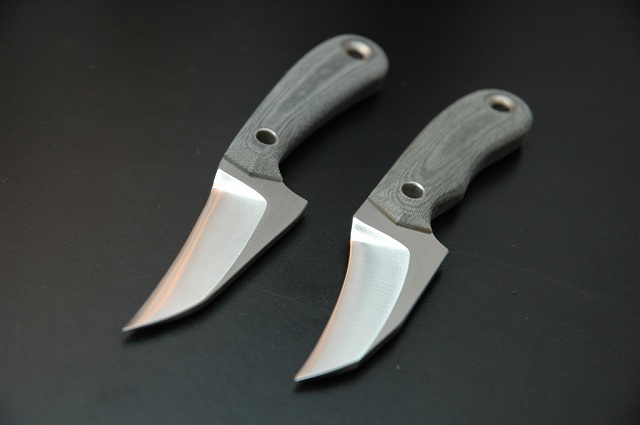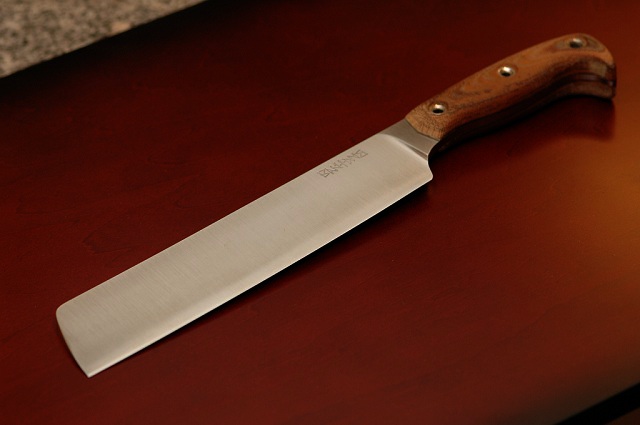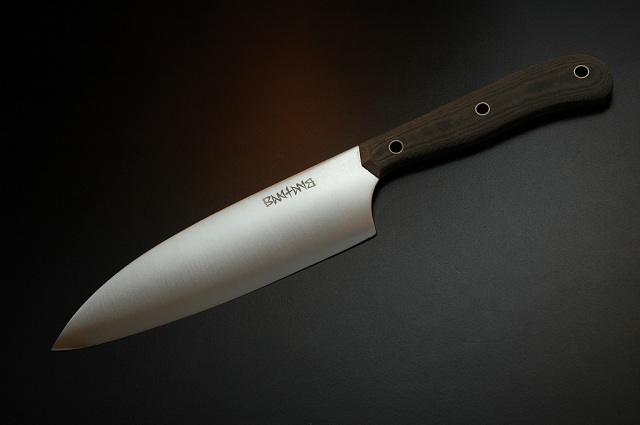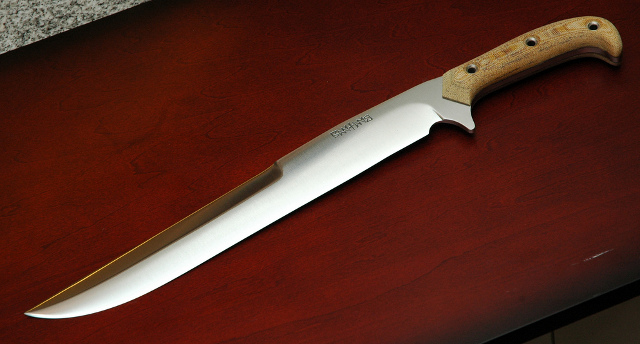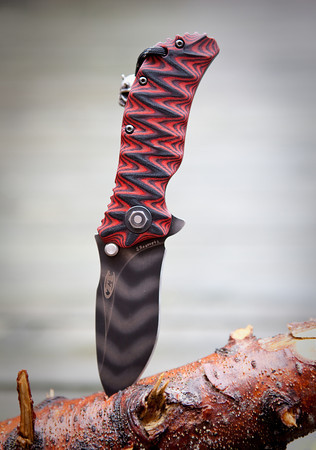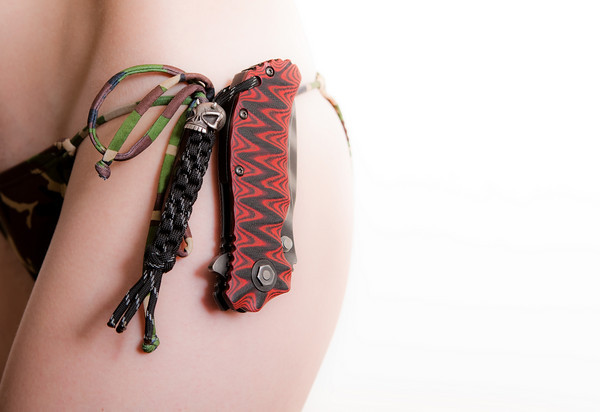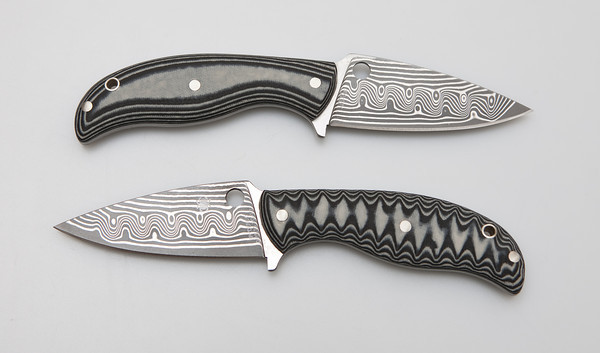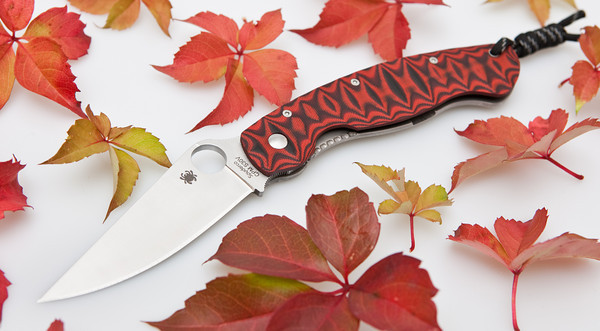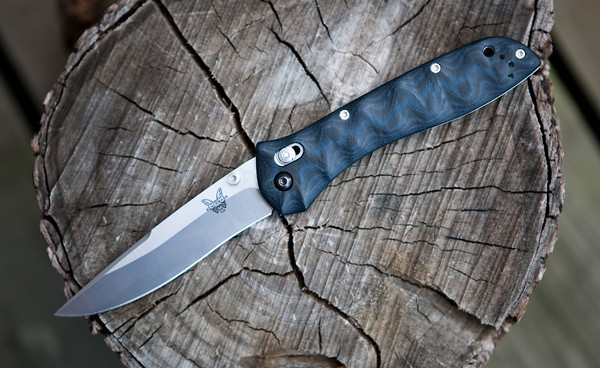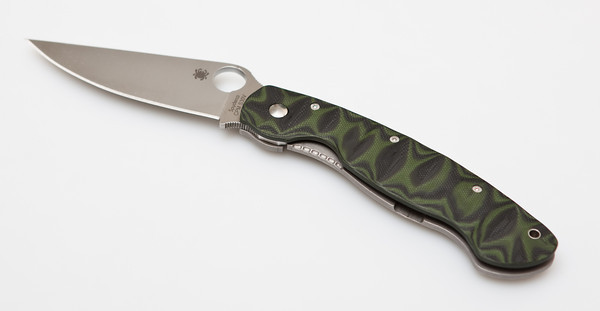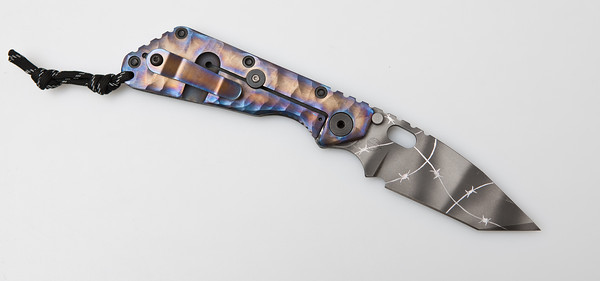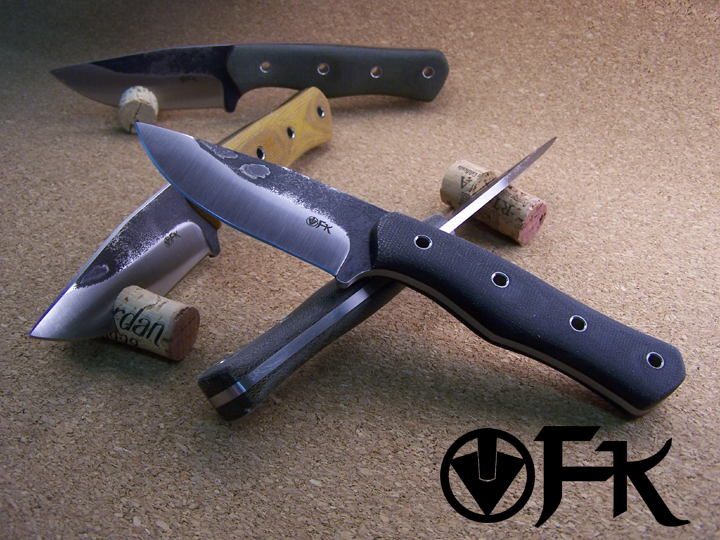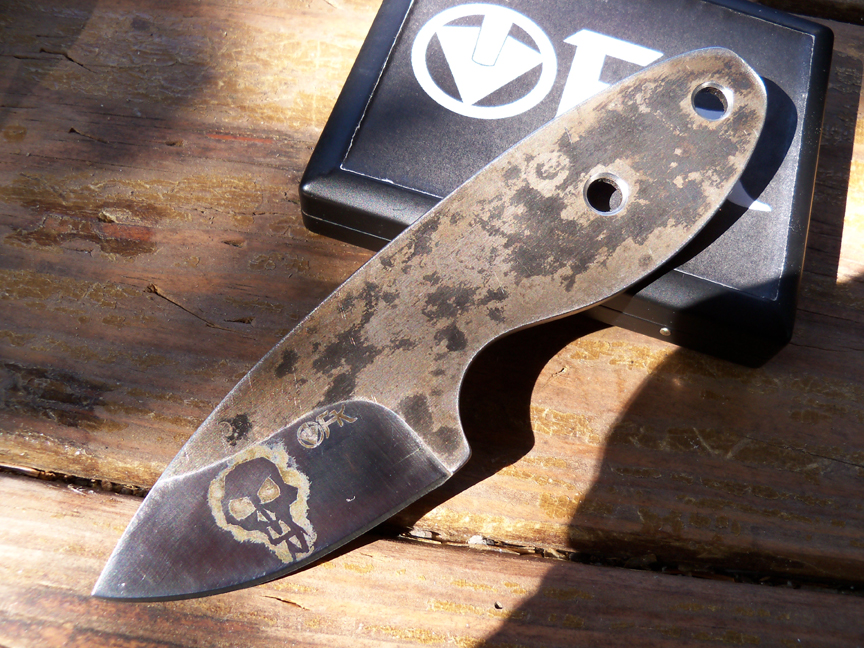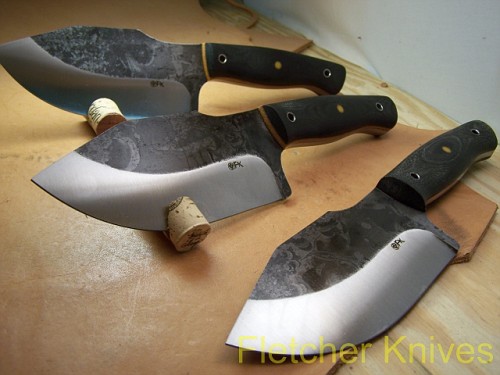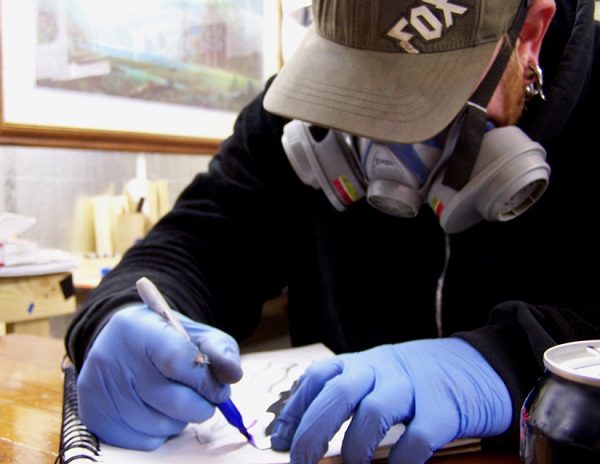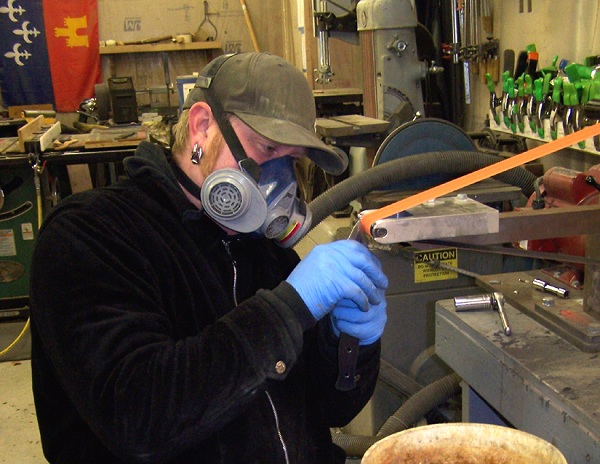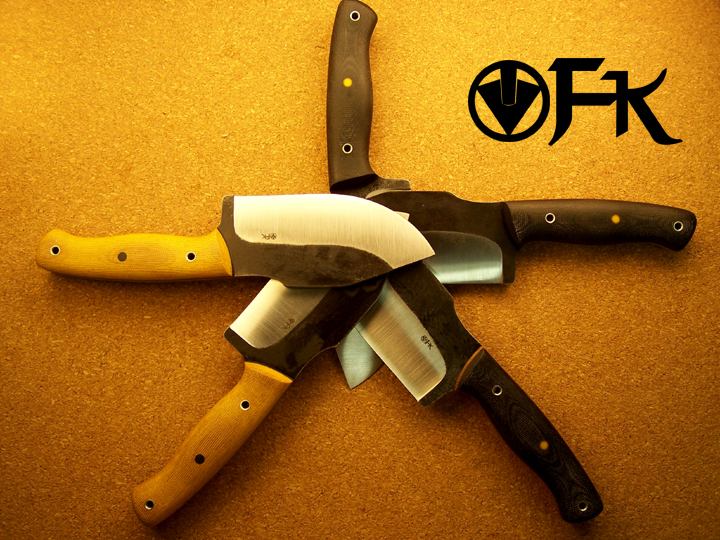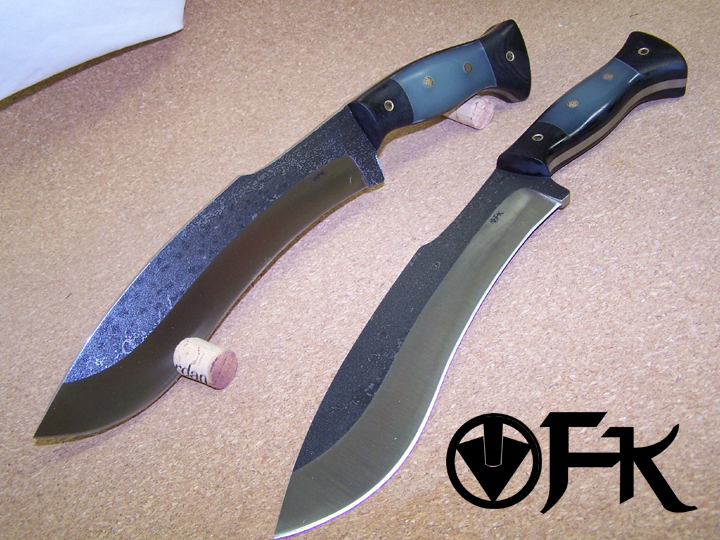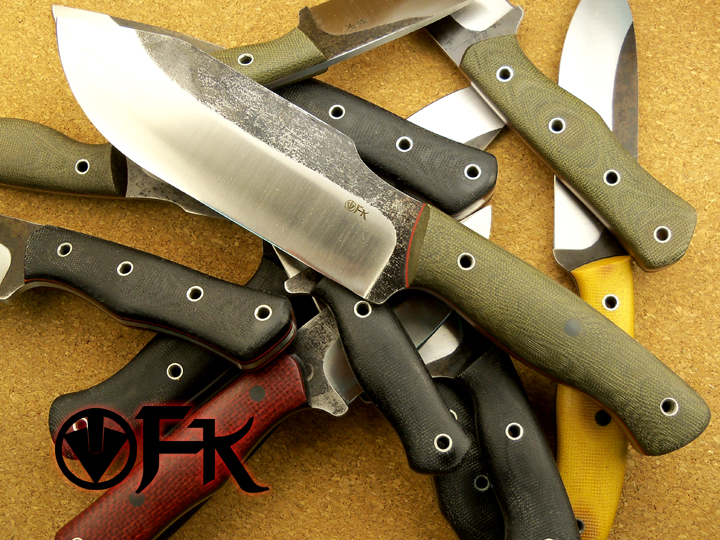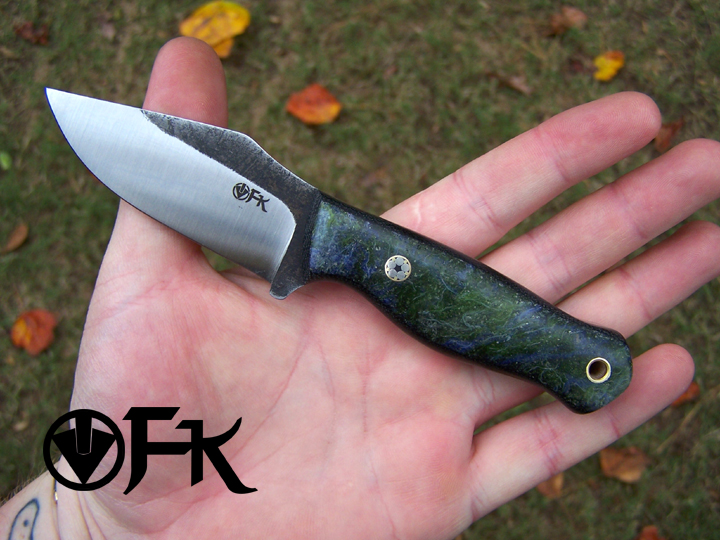As an unapologetic Spyderco fanboy, I argue that there are few things greater than a Spyderco knife. One thing that does come to mind is a custom Spyderco knife. That is why I asked Roman Pokorny to be featured on the site. A professional musician by trade, Roman is an avid collector of Spyderco knives and founded the Spyderco Custom Knife Project. Based out of the Czech Republic, the Custom Spyderco Project has turned out some awesome (and highly creative) custom pieces coveted by collectors all over the globe. I invite you to pull up a chair and follow along as I learn more about members of the project and their serious passion for one of a kind knives.
Hi Roman, welcome to BladeReviews.com. Can you tell us what started Project Custom Spyderco?
First I became a collector of Spyderco knives. Once I bought a blade from the Mule Project and I wanted to make a handle of the G-10. I did not know how to do it and I wrote to the cutlery www.knife.cz forum for advice. Some guys laughed at me, but knife maker Zdenek Stor invited me to his knife shop. He explained and taught me a lot of things about knife making. He also made the first models for CustomSpyderco. It was the Endura Cocobolo and D’allara of Pertinax. When I started in the Czech Republic Spyderco knives to sell, I began to go to knife shows and I could also show CustomSpyderco knives. When Czech knife makers saw custom Spyderco knives, they liked these very much, which encouraged me to further work.
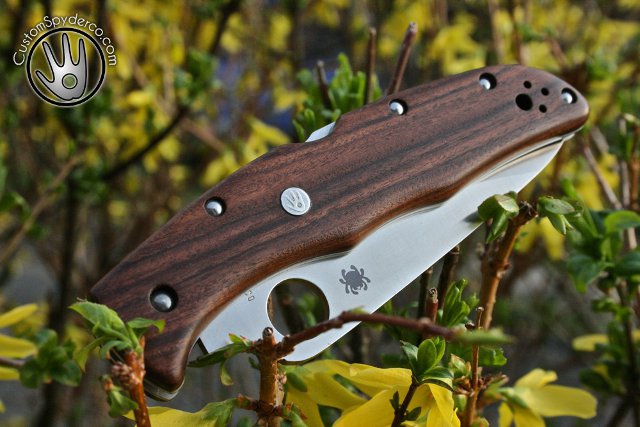
How did you assemble your team of professional knifemakers and craftsmen?
Some of them are not professionals and have civilian job, but all of them do great job for CustomSpyderco. Karel Kočí is Catholic Priest for example. To get them together was fairly easily. They went to me, in essence themselves willing to cooperate. The first in team was Zdenek Stor. Later joined us Karel Koci, who made carbon models. Then came Roman Stoklasa, Tomas Vidomus and newly Richard Tesarik. I highly appreciate cooperation with craftsmen Libor Votava and Miroslav Makovicka, who is doing a superb job, although the ideas of engravings I do mostly by myself. I must say that most of the current contracts do by myself too. I have a small but well equipped workshop at the cottage, which is fully sufficient for my needs. When it’s nice weather, I’m working out there, which is great. 🙂
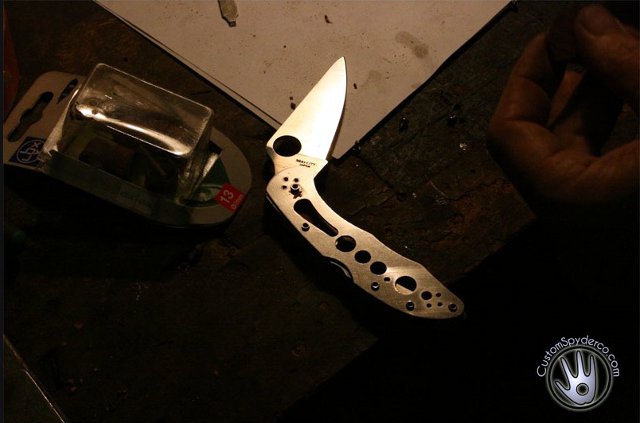
It’s great to hear how you guys all work together, sounds like a knifemaking fraternity. Needless to say I don’t see much of that in the States. Where exactly are you guys located and what went into making the custom shop?
I live in Prague, capital city of the Czech Republic. Other collaborators are living at different locations in the Czech Republic. Custom Shop was my idea, because I believed that people will enjoy our work and appreciated “humanized” factory knives. A handmade wooden handle can change a factory made knife beyond recognition. The truth is that from the beginning we sold mainly to the U.S., where natural materials and manual labor are more valued, but have recently gained an interest in the Czech Republic and Western Europe.
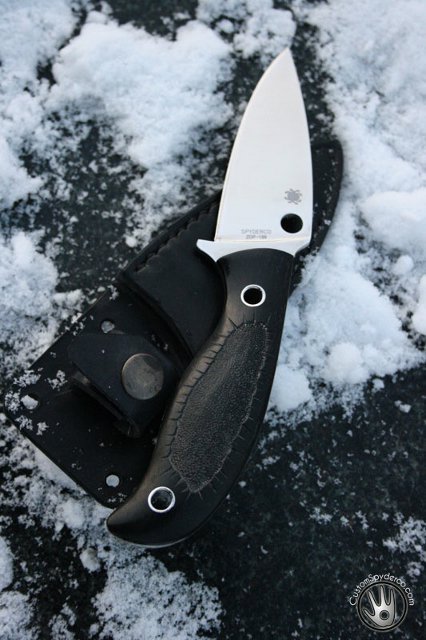
I think it’s really cool that your fellow Europeans are getting interested in your work as well. How did you guys decide to specialize in Spyderco knives?
As I wrote, Im Spyderco collector. I love most of Spyderco models and Spyderco firm philosophy. I like their cooperation with the world’s best cutlers. It inspired me to start cooperation with Czech knife makers. In the future I plan to highlight the work of several top Czech cutlers in the world. Among them are the true masters who deserve international recognition.
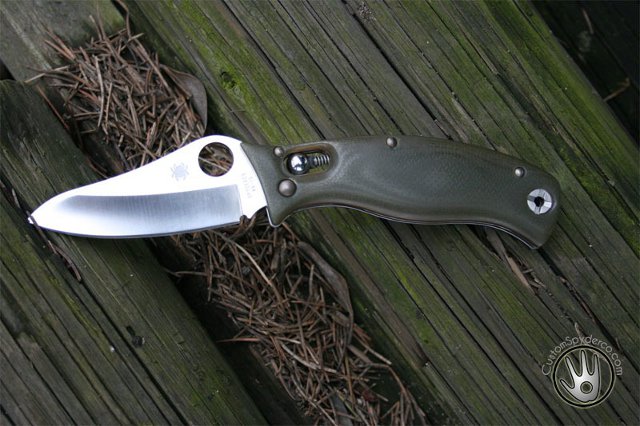
That sounds awesome! I have had a taste of the custom work to come out of your part of the world and it is exceptional stuff to say the least. I know I’m not the only one excited about the prospect of seeing some true masters show off their work.
Tell us a bit about those really cool “ancient” Spyderco knives on your website. They look almost like Native American artifacts.
Heh heh, this is the work of Tomas Vidomus. It was also my idea. He makes such great ancient stone and bone tools. He also looks like early man. All guys in the Czech cutlery community knows that I am a big fan of Spyderco. Sometimes I will enjoy a humorous “imitation” of Spyderco knife. It’s really nice of them. 😉
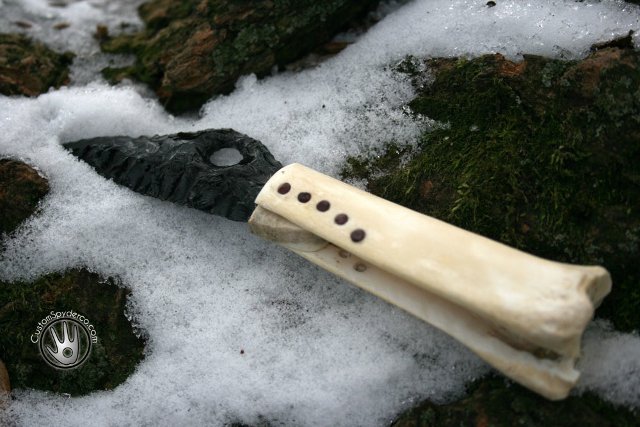
I think it’s something the everyone in the Spyderco community gets a kick out of, Sal and the rest of the team at Spyderco HQ included. What is your favorite part about running Project CustomSpyderco?
I can’t definitely say. The whole project is my baby. I’m quite proud with some of my suggestions of engravings. I think I succeeded with Lava Alien or Delica Billy the Kid. I also like the ultra light Carbon Endura or Delica. Now we do Endura with titanium back spacer and titanium liners. It reminds me, that I have to update our website soon! Anyway I have to say, the greatest success with customers have been the wooden handles.
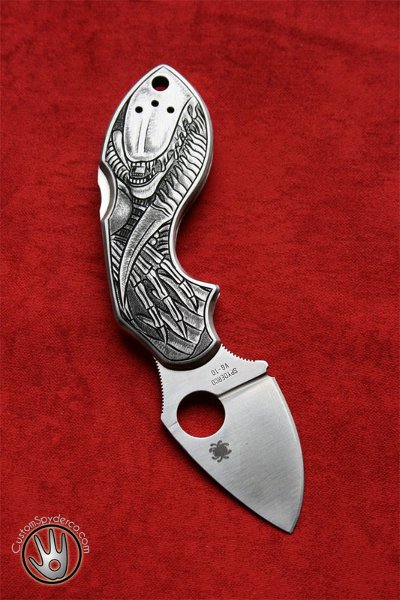
I have to admit, the wood handles are probably my favorite. That is how I first learned about the project actually. I love the natural beauty of wood, and I’m not afraid to say it! What are your future plans for the Project?
I would like to develop more collaboration with the best Czech cutlers even if the cost of some art models will maybe be a little bit expensive for some customers. I definitely want to keep high quality manual production, and prefer natural materials, because that is exactly what customers expect from us. Touch of human hands and nature is what we can enrich a factory knife. It’s kind of a link between the factory knife and a knife from the cutler. I would also like to do some scrimshaw on handles, but all is about time and money on this world. If I could afford it, ideally I would have a well-equipped workshop in Prague and one or two permanent staff.
Also, I would welcome a formal partnership with Spyderco, that we could get some parts of the knives, we do not have to buy the whole knives. This could significantly reduce the cost of CustomSpyderco knives. It would then be things happening! These ideas are more than enough…
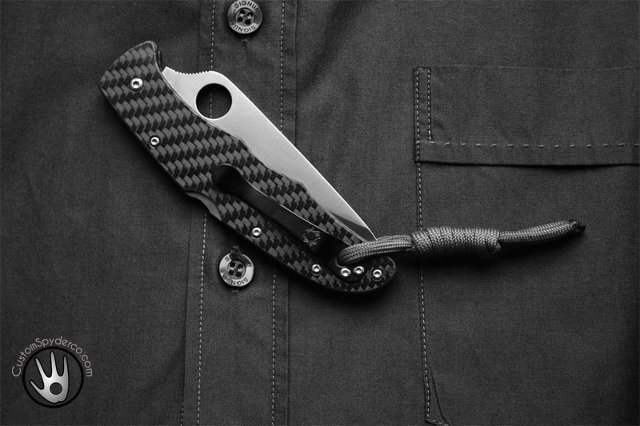
Lots of good ideas Roman! I hope you can make some of them happen because I really enjoy the direction you have taken the project so far.
Ok, last real question: what knife do you currently EDC?
To be honest, I have to say that now I use the Large Lum Chinese Folder with Wood Handle on one side and Chinese Lum CF, but the EDC of my heart is probably Sal’s Endura. I used Endura CF for a long time and believe it will return back to my pocket someday. I plan to make a carbon fiber Endura Emerson opener model with titanium back spacer and special skeletonized liners.
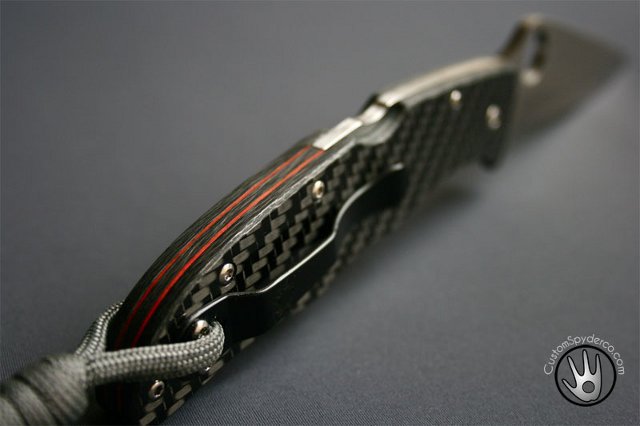
Great choices, the Endura is one of my favorite Spyderco models as well. Thanks so much for doing the interview Roman, is there anything else you would like to add?
Thanks for interview and stay with us!
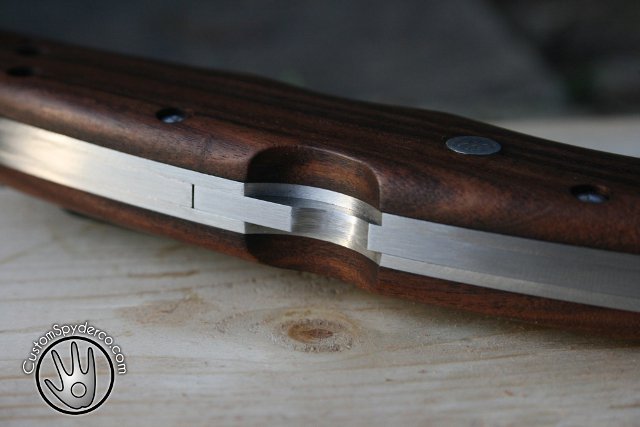
My pleasure Roman, thanks so much for participating! I look forward to seeing more custom Spydercos in the future!
You can learn more about the Custom Spyderco Project by visiting them at either www.customspyderco.com or at www.spyderco-noze.cz
